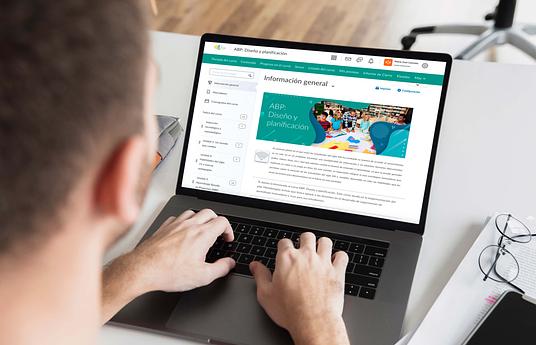Mathematics is key to understanding the world around us. Numeracy skills open up opportunities for employment and contribute to the prosperity of nations. In regions of Paraguay, children were leaving school without these important skills. There were large attainment gaps between rural and urban schools and between Spanish and Guaraní speaking students.
This problem was higher in rural areas where the quality of teachers was inconsistent due to a lack of pre-service training. Attempts to transform early mathematics education had not been successful as gaps in pedagogical knowledge hindered teachers’ ability to translate the curriculum documents into their practice.
Tikichuela Mathematics recognized these challenges and came up with an imaginative solution. Every lesson was turned into a script and recorded to create an interactive radio programme full of music, theatre, singing, and games. This enabled all teachers to deliver a high-quality lesson regardless of their own knowledge or ability.
Mathematics lessons in Paraguay traditionally rely on learning by rote and by memorization but Tikichuela Mathematics uses a play based pedagogy. Friendly characters guide them through the audio lessons and children learn actively through dance, theatre, song, and movement.
Rather than replacing the teacher, the audio lessons guide the teacher in the delivery of the lesson to ensure that all children get access to high-quality mathematics instruction. The children love their mathematics lessons and their obvious joy prompted the Panamanian government to adopt the Tikichuela programme.
To ensure that all children learn, the lessons repeat all key concepts in both Spanish and Guaraní. Tikichuela Mathematics has been shown to raise the achievement for Guaraní speakers, who traditionally perform more poorly than their Spanish speaking peers, and has been particularly beneficial for bilingual children who hear the lesson in both languages.
Teachers don’t need much initial training to start using Tikichuela Mathematics. There is some training in the days before school starts, and teachers receive in class tutoring with modeling of teaching and feedback during the school year. In addition, groups of teachers meet regularly to discuss challenges and successes of specific lessons.
The project started with preschool, but based on the success, it has been expanded to 1st and 2nd grade and audios are currently also being developed for 3rd grade. Moreover, a Tikichuela Science program is currently being piloted in preschools in the department of Caaguazú.


